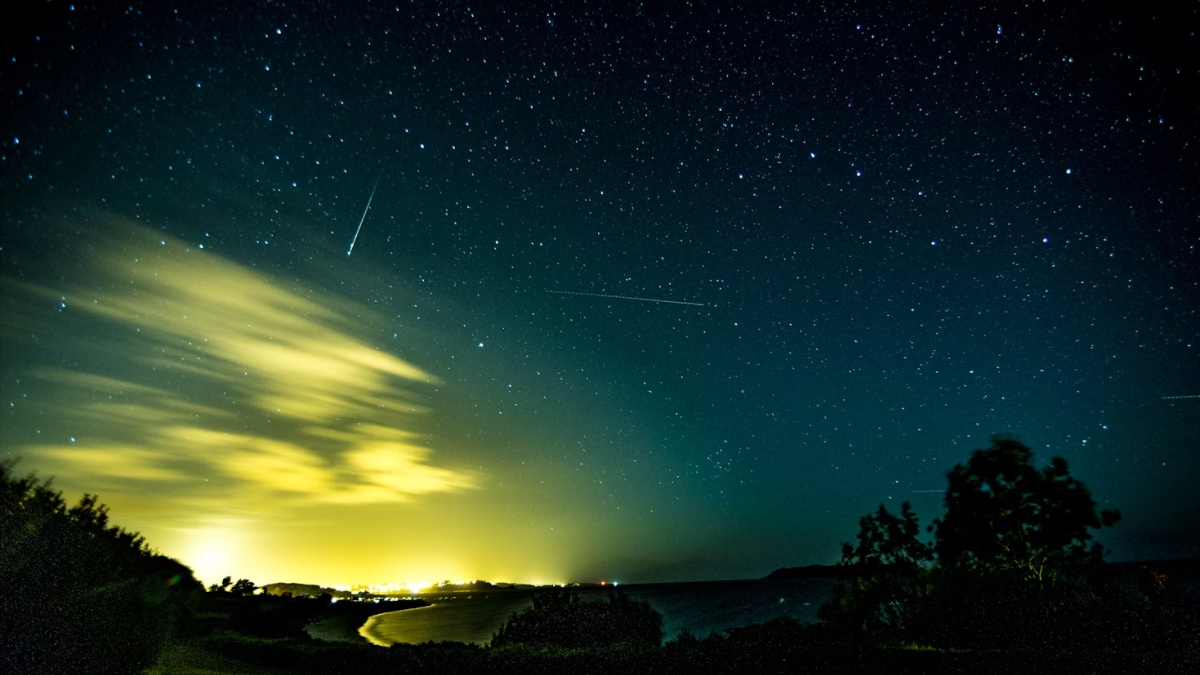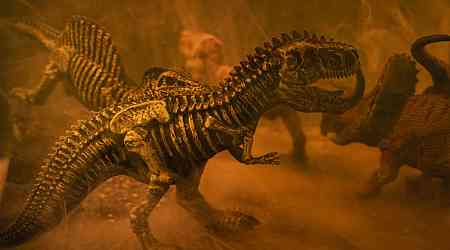The Draconid Meteor Shower, known for its connection to the constellation Draco, is set to peak on October 8th and 9th this year. This annual meteor shower provides a rare opportunity for skywatchers to witness meteors during the evening hours. The constellation Draco lies in the northern sky, making the shower visible throughout the night. Unlike many other meteor showers, which are best viewed in the early morning, the Draconids can be seen just after dark, giving casual stargazers an easier viewing window.
When and Where to Watch the Draconid Meteor Shower
The Draconid meteors will be visible from the northern hemisphere, where Draco, the dragon-shaped constellation, resides. On October 8 and 9, the meteors will appear to radiate from Draco's ‘tail,' which will be positioned above the Big Dipper in the north-northwest sky. According to NASA, the Draconids occur annually as Earth passes through debris left by Comet 21P/Giacobini-Zinner. This particular comet crosses Earth's orbit once every 6.5 years, leaving behind a trail of particles that Earth encounters during this time.
Draconids are known for their variability, and the American Meteor Society predicts around 10 meteors per hour during the peak, though this number can fluctuate. The best time to watch will be after sunset on October 8, with minimal interference from the moon as it will set a few hours after dusk.
Draconids: Origin and What to Expect
Named after Comet 21P/Giacobini-Zinner, the Draconids typically have a lower meteor count compared to other showers, but their evening visibility makes them unique. The peak falls under favourable conditions this year, with little moonlight to wash out the meteors. While the meteor count may not be high, the viewing experience is convenient and perfect for those who wish to witness shooting stars without staying up until the early morning.
































